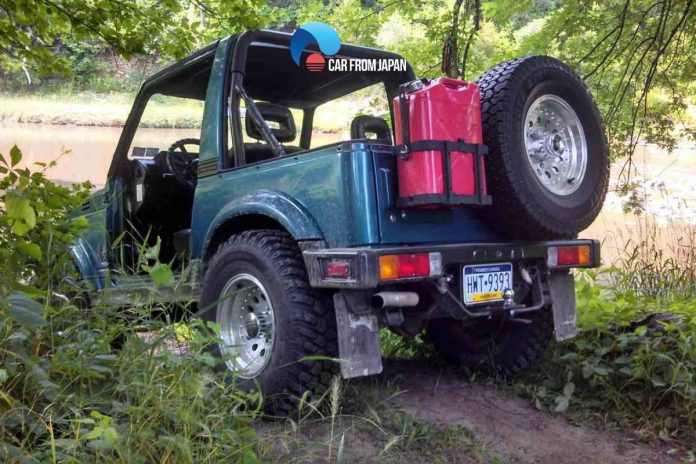Four-wheel drive (4WD) is a driving system that is designed to provide improved traction and stability on slippery surfaces.
This system allows the vehicle’s engine power to be distributed between all four wheels when needed, such as in low-traction conditions or when pulling heavy loads. The 4WD light blinking is a warning that your car’s 4-wheel drive system requires attention.
If you’re not sure why it’s on, don’t worry. We’ll walk you through some possible causes and how to fix them.
Contents
- The Reasons For The 4WD Light Blinking
- How To Prevent The 4WD Light Blinking Issue Properly
- FAQs for Blinking 4×4 Light
- Is it dangerous to drive with the 4WD light blinking?
- Why does the 4WD light blink after driving through deep water or mud sometimes?
- Why does the 4WD light blink after I tow something heavy?
- Should I use an OBD-II scanner to check why the 4WD light is blinking?
- Does the blinking 4WD light affect fuel efficiency?
- Final Words
The Reasons For The 4WD Light Blinking
When the blinking 4 wheel drive light on your dashboard, it means there is a problem with the 4WD system, and you should consult the owner’s manual for troubleshooting tips!
Here are several common reasons why this light might flash!
The transfer case is overheated
If the transfer case is overheating, it can’t distribute the required power to the front and rear axles. So, the 4WD light starts flashing, indicating that there is something wrong with the transfer case.
Sometimes, the flashing light means that the system has already been deactivated and needs some time for the overheated component to cool down.
You should check the owner’s manual to be sure what the flashing light refers to in this situation.
If it’s indeed an overheated transfer case, pull over in a safe place and turn off your vehicle for an hour or so until the system cools down enough to function again.
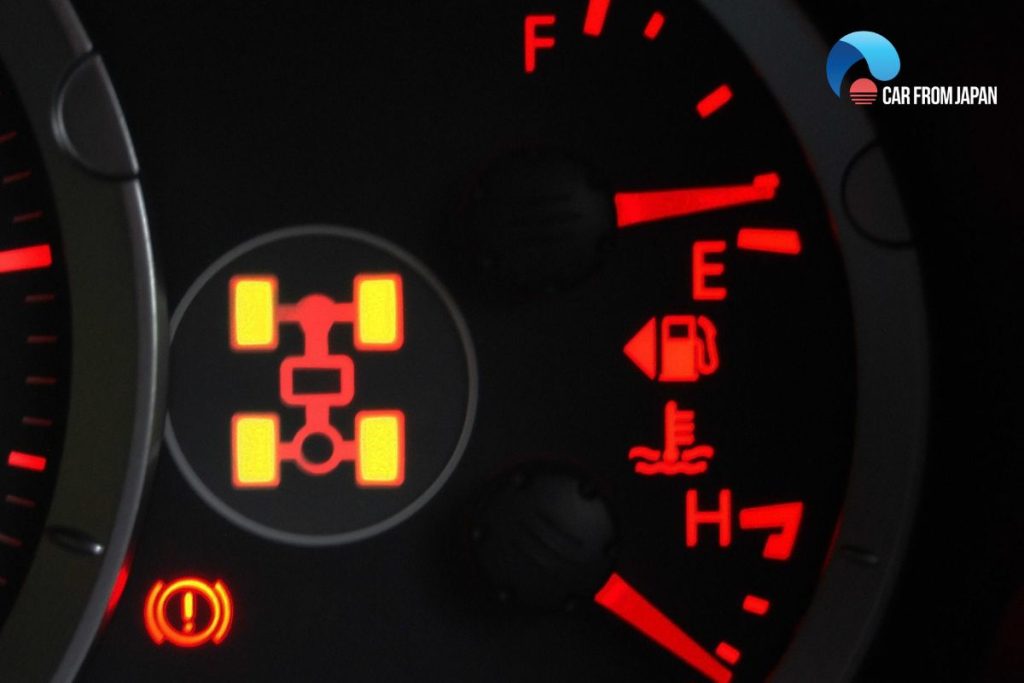
The actuator does not work properly
The actuator helps engage and disengage the four-wheel drive system. With the help of a small electric motor, it makes switching between 2WD and 4WD as easy as just flicking a switch.
If the actuator isn’t working properly, it won’t be able to engage or disengage the gears when you switch into the 4WD or 2WD mode, respectively.
So, this might cause a problem with the transfer case and the 4WD light might flash. You can check whether your actuator is working by using a multimeter to test the resistance of the actuator.
The rear diff locker does not engage properly
The rear diff locker makes it significantly easier to take sharp turns and cruise in challenging off-road conditions.
It uses an electric actuator to engage inside the differential. If it fails to engage properly, the light will flash in red instead of orange.
To check whether the rear diff locker is working fine, drive at low speeds on a slippery surface (like sand).
The vehicle’s front wheels should turn even if you turn the steering wheel at low speeds. If this doesn’t happen, it could be because the rear diff locker isn’t working right and your 4WD light is flashing.
See More: Reasons for 4WD Transfer Case Position Sensor Selector Switch Failure
Failure of sensors
There are multiple sensors located throughout the 4WD system. They transmit data about wheel speed, throttle position, and other important components to the 4WD system.
If one or more of them malfunction, the light will flash, assuming that some components in the system are not working properly.
Check your owner’s manual to see which kind of sensors your car has for troubleshooting tips.
Low fluid levels
A critical aspect of 4WD maintenance is ensuring proper fluid levels in both the transfer case and differentials. These fluids lubricate and cool the moving parts within the system, preventing excessive wear and overheating.
If the fluid levels drop too low, the components can suffer damage, often causing a 4WD light blinking. Regularly checking and topping off these fluids can prevent costly repairs down the road.
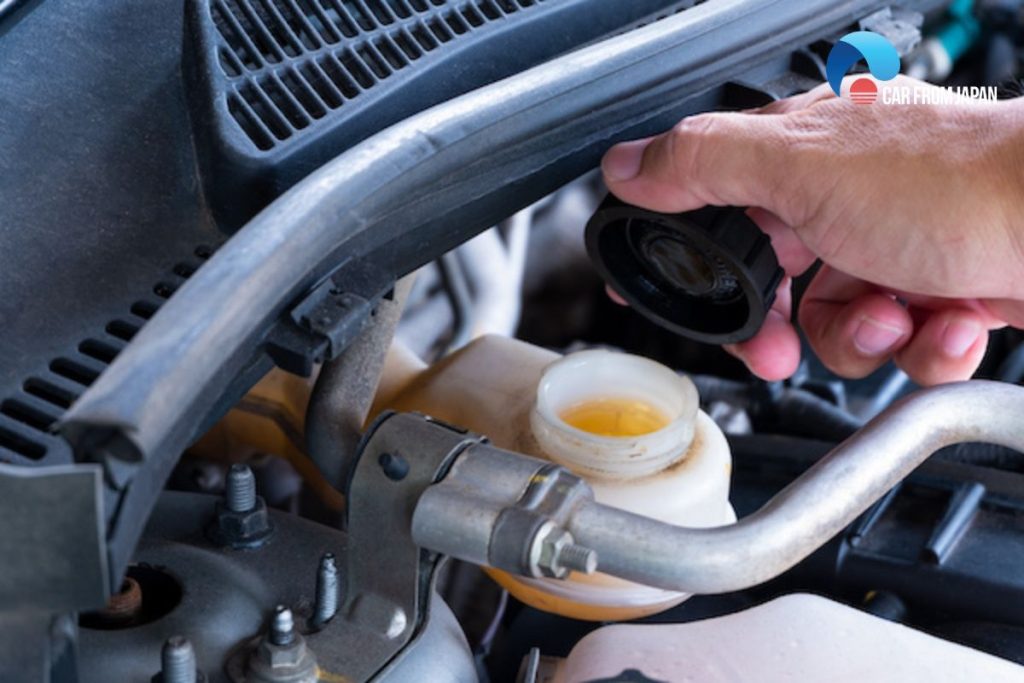
Internal component damage
The transfer case, differentials, driveshafts, and U-joints are all integral parts of the 4WD system and subject to significant stress. Over time, these components can wear down or become damaged due to heavy use, off-roading, or impacts.
Broken gears, worn clutches, or damaged bearings within these components can disrupt the system’s operation, triggering the 4WD warning light and potentially requiring extensive repairs.
Vacuum system issues
Some older 4WD systems utilize vacuum lines to control the engagement of the front axle. These lines are susceptible to leaks, cracks, and disconnections, which can disrupt the vacuum pressure needed to properly engage or disengage 4WD.
A vacuum leak can cause a flashing 4WD light and prevent the system from functioning correctly. Carefully inspecting and maintaining these vacuum lines is crucial in older 4WD vehicles.
Drivetrain binding
While not a direct cause of a flashing light itself, mechanical issues within the 4WD system can lead to a condition called drivetrain binding.
This occurs when components are not synchronized properly, causing resistance and strain on the drivetrain.
Drivetrain binding can manifest as a tight steering wheel, difficulty turning, or a hopping sensation, and it can also cause or exacerbate other problems.
How To Prevent The 4WD Light Blinking Issue Properly
Preventing a flashing 4WD light requires you to have a maintenance schedule and checklist for a few necessary tasks throughout the life of your vehicle.
Fluid checks and changes
Think of your 4WD system’s fluids like the elixir of life for a mythical beast – keep it fresh and flowing, or it might just turn on you with a flashing light of displeasure.
Don’t let your differentials and transfer case thirst for the good stuff; regular checks and changes will keep them happy, churning smoothly, and ready to tackle any terrain.
Inspections
Channel your inner Sherlock Holmes and give your 4WD system a thorough once-over. A keen eye can spot telltale signs of wear and tear, like a leaky seal whispering secrets or a U-joint doing the jitterbug.
Catching these clues early can prevent a full-blown mystery (and a hefty repair bill) down the road.
Tire maintenance
In general, your 4WD system is a bit of a diva – it demands perfectly matched tires, like a well-coordinated dance troupe. Uneven tire sizes or pressures throw off its delicate balance, leading to a flashing light tantrum.
Keep those tires inflated and rotated properly, and your 4WD system will perform its pirouettes flawlessly.
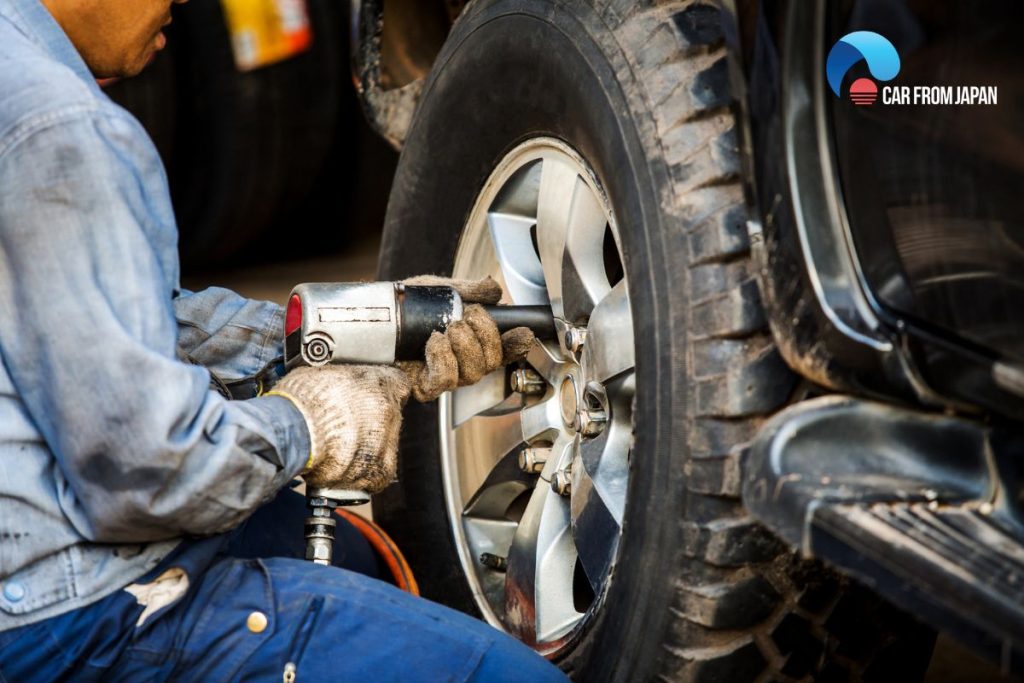
Avoid excessive wheel slip
Burning rubber might look cool in an action movie, but in reality, it’s a recipe for 4WD heartbreak. Excessive wheelspin, especially on dry pavement, puts immense strain on the drivetrain.
So, resist the urge to show off your tire-smoking skills, and your 4WD system will thank you for its extended lifespan.
Engage and disengage 4WD properly
The 4WD system isn’t a light switch – flicking it on and off willy-nilly can lead to mechanical mayhem.
Treat it with respect, follow the proper procedures, and avoid engaging it at high speeds or on dry pavement. A little finesse goes a long way in preventing expensive repairs.
Unusual noises
Learn to decipher the mechanical murmurs such as clunks, groans, and whines.
A grinding noise might be a cry for help from a worn bearing, while a clunking could signal a U-joint on its last leg. Heed these warnings, and you’ll avoid a catastrophic breakdown.
Address warning lights ASAP
That flashing 4WD light isn’t a suggestion, it’s a desperate plea for attention. Ignoring it is like ignoring a smoke alarm – it might be a false alarm, but it could also be a sign of impending disaster.
Don’t gamble with your 4WD system’s health; get it checked out promptly.
Professional diagnosis
Unless you’re a mechanical savant, diagnosing a flashing 4WD light can be like deciphering hieroglyphics.
Leave it to the professionals with their diagnostic wizardry to pinpoint the problem accurately and prevent a costly misdiagnosis.
Use quality parts
When it comes to 4WD repairs, bargain-basement parts are a recipe for disaster. Think of it like building a house – would you use cardboard and duct tape?
Invest in quality components to ensure the longevity and reliability of your 4WD system. It’s an investment in peace of mind and future adventures.
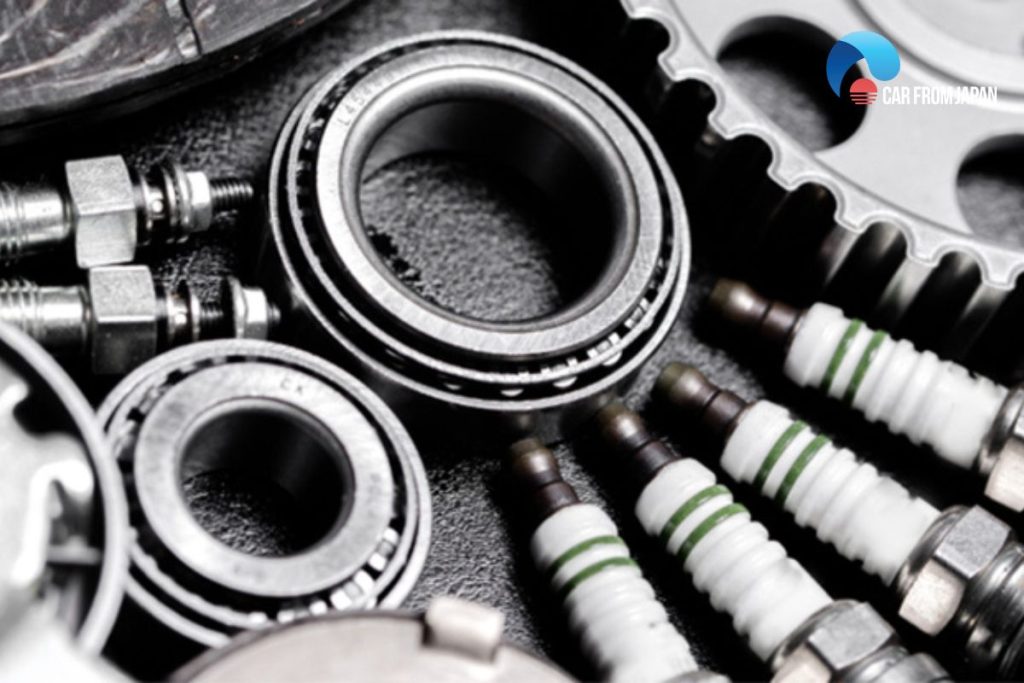
FAQs for Blinking 4×4 Light
Is it dangerous to drive with the 4WD light blinking?
It depends. If the light blinks briefly during engagement, it’s normal.
But persistent blinking may suggest the system is not functioning properly, continuing to drive might lead to drivetrain damage.
Why does the 4WD light blink after driving through deep water or mud sometimes?
Moisture or debris can interfere with sensors or cause vacuum line leaks. This might prevent the system from engaging properly, leading to blinking indicators.
Why does the 4WD light blink after I tow something heavy?
Towing puts stress on drivetrain components. Overheating, added strain, or sensor misreadings during towing can trigger the blinking 4WD light, even after unhooking.
Should I use an OBD-II scanner to check why the 4WD light is blinking?
Yes! Many 4WD systems store fault codes that can be accessed with a scanner if the blinking doesn’t come with other visible symptoms.
Does the blinking 4WD light affect fuel efficiency?
Indirectly, yes. If the system is stuck in 4WD or malfunctioning, it can create extra drag on the drivetrain and reduce fuel economy, even if you’re not in harsh terrain.
Final Words
When the 4WD light blinking, it is best to consult your owner’s manual for troubleshooting steps.
If you are not comfortable with auto mechanics or are in a hurry, have an automotive technician diagnose your 4WD system if you are willing to spend the extra cost!

